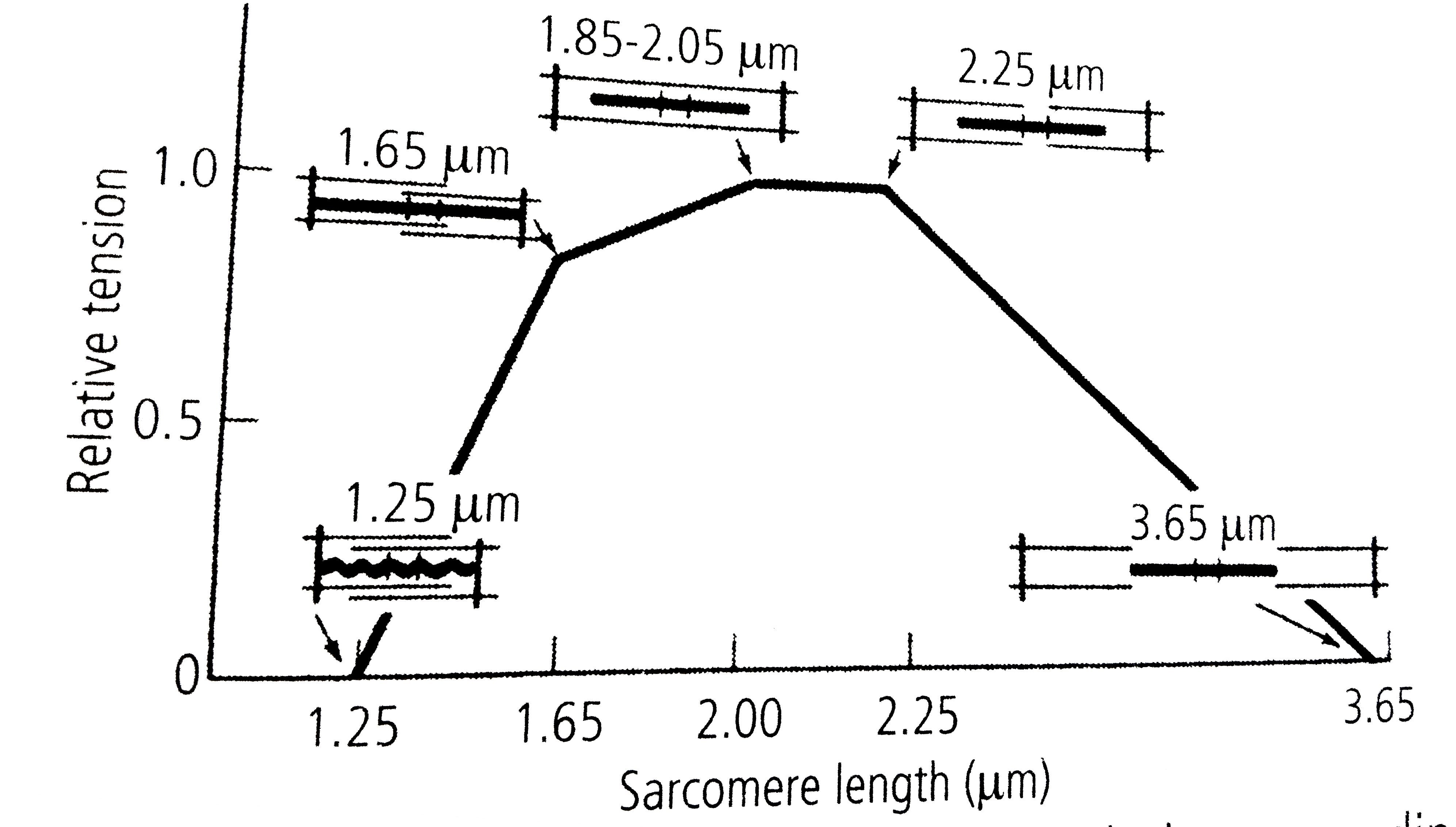Folding and unfolding of actin and myosin leads to amoeboid movements. This was hypothesized by
Allen
Goldacre and Lorsch
Berthold
Jennings.
The correct Answer is:B
To answer the question regarding who hypothesized that the folding and unfolding of actin and myosin leads to amoeboid movements, we can follow these steps:
1. Understanding the Proteins Involved:
- Actin and myosin are both contractile proteins. Actin forms thin filaments, while myosin forms thick filaments. Together, they play a crucial role in muscle contraction and cellular movements.
2. Mechanism of Movement:
- The movement of amoebas is characterized by the formation of pseudopodia, which are temporary projections of the cell. This movement is facilitated by the dynamic interactions between actin and myosin.
3. Folding and Unfolding:
- The hypothesis states that the folding and unfolding of actin and myosin filaments contribute to the amoeboid movement. When these proteins interact, they can change shape, allowing the cell to extend and retract, leading to movement.
4. Identifying the Hypothesis Origin:
- The question asks for the scientist who proposed this hypothesis. Among the options provided, we need to identify the correct one.
5. Evaluating the Options:
- The options given are:
- A) Allen
- B) Goldacher and Lortz
- C) Borthold
- D) Jennings
- From the information provided in the video transcript, it is stated that the hypothesis regarding the folding and unfolding of actin and myosin leading to amoeboid movements was proposed by Goldacher and Lortz.
6. Conclusion:
- Therefore, the correct answer to the question is Goldacher and Lortz.
Final Answer:
The hypothesis that folding and unfolding of actin and myosin leads to amoeboid movements was proposed by Goldacher and Lortz.
---
- Actin and myosin are both contractile proteins. Actin forms thin filaments, while myosin forms thick filaments. Together, they play a crucial role in muscle contraction and cellular movements.
- The movement of amoebas is characterized by the formation of pseudopodia, which are temporary projections of the cell. This movement is facilitated by the dynamic interactions between actin and myosin.
- The hypothesis states that the folding and unfolding of actin and myosin filaments contribute to the amoeboid movement. When these proteins interact, they can change shape, allowing the cell to extend and retract, leading to movement.
- The question asks for the scientist who proposed this hypothesis. Among the options provided, we need to identify the correct one.
- The options given are:
- A) Allen
- B) Goldacher and Lortz
- C) Borthold
- D) Jennings
- From the information provided in the video transcript, it is stated that the hypothesis regarding the folding and unfolding of actin and myosin leading to amoeboid movements was proposed by Goldacher and Lortz.
- Therefore, the correct answer to the question is Goldacher and Lortz.
The hypothesis that folding and unfolding of actin and myosin leads to amoeboid movements was proposed by Goldacher and Lortz.
Topper's Solved these Questions
- KINGDOM PROTISTA (UNICELLULAR EUKARYOTES)BOOK - DINESH PUBLICATION ENGLISHCHAPTER - KINGDOM PROTISTA (UNICELLULAR EUKARYOTES)EXERCISE - CHECK YOUR GRASP
19 Videos
- KINGDOM PROTISTA (UNICELLULAR EUKARYOTES)BOOK - DINESH PUBLICATION ENGLISHCHAPTER - KINGDOM PROTISTA (UNICELLULAR EUKARYOTES)EXERCISE - CHECK YOUR GRASP
19 Videos
- KINGDOM PLANTAE OR METAPHYTA BOOK - DINESH PUBLICATION ENGLISHCHAPTER - KINGDOM PLANTAE OR METAPHYTA EXERCISE - CYG
20 Videos
- LEAFBOOK - DINESH PUBLICATION ENGLISHCHAPTER - LEAFEXERCISE - CYG
10 Videos
Similar Questions
Knowledge Check
The amoeboid movement results from
Ainteraction among actin, myosin and ATP, etc.Bcoordinated beats of ciliaCwhip like action of flagellaDaction by the mitotic spindle, similar to what happens during mitosis and meiosis.During muscle contraction, actin and myosin ffrom
AactomyosinBactoplasmCplastosineDmyoplasm.The given graph shows length-tension curve for a typical vertebrate sarcomere.

By analysing the graph, what can you deduce regarding the muscle contraction?
(i) Neither the myosin filaments nor the actin thin filaments change in length when a sarcomere shortens or is stretched. Instead, it is the extent of ocerlap between actin and myosin filaments that changes.
(ii) The total tension produced by a sarcomere is proportional to the total number of cross-bridges that can interact with actin filaments, and this number in turn is proportional to the amount of of overlap between thick and thin filaments.
(iii) The tension produced by the muscle is maximal when the overlap between thick and thin filamentss allows the largest number of myosin cross-bridges to bind to actin.
(iv) Tension drops off with increased lenght, because the thick and thin filaments overlap less and fewer cross-bridges can bind.
Tension drops off with decreased length, because thin filaments at the two ends of the secromere begin to collide with each other, preventing further shortening.A(i) OnlyB(i),(iii) and (iv)C(i),(iii),(iv) and (v)D(i),(ii),(iii),(iv) and (v)
What kind of proteins are actin and myosin?
View SolutionWhich set of cells in our body exhibit amoeboid movement ?
View SolutionName the organelles meant for ciliary and amoeboid movements.
View SolutionWhich area/band in a muscle has oth actin and myosin filaments.
View SolutionDifferentiate between Actin and Myosin filaments
View Solution
